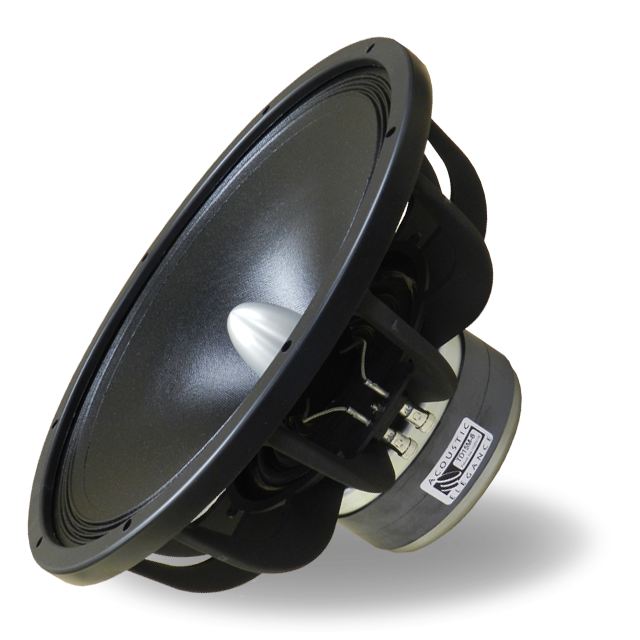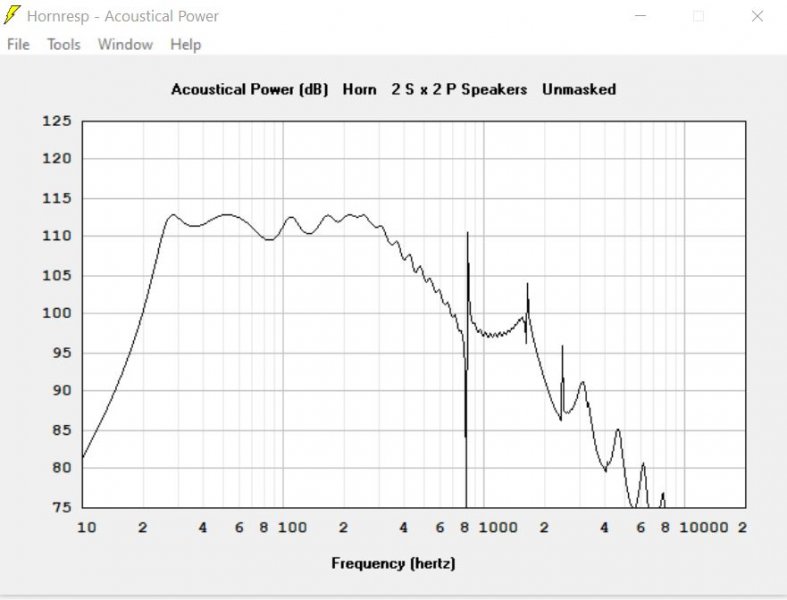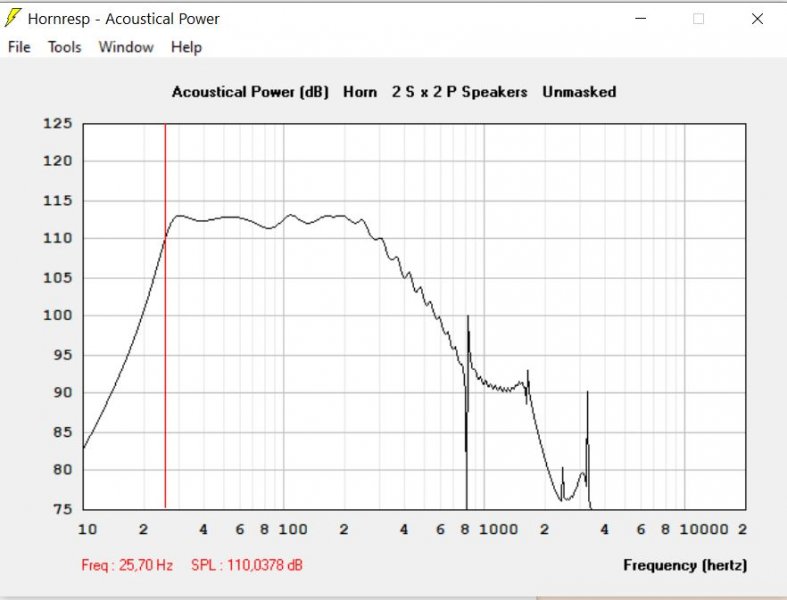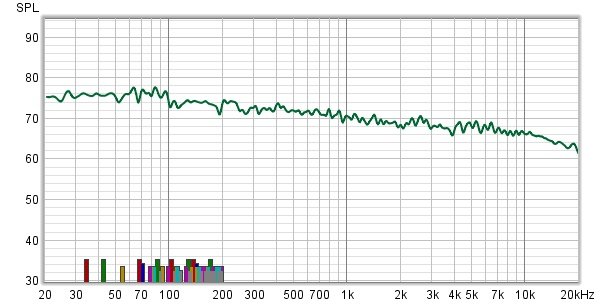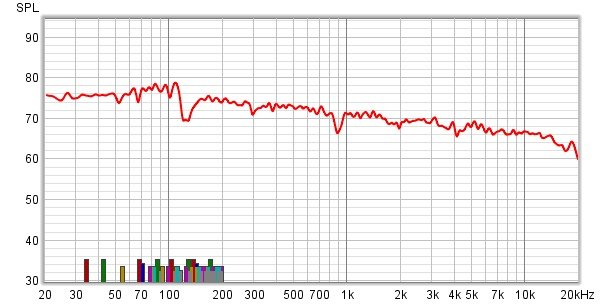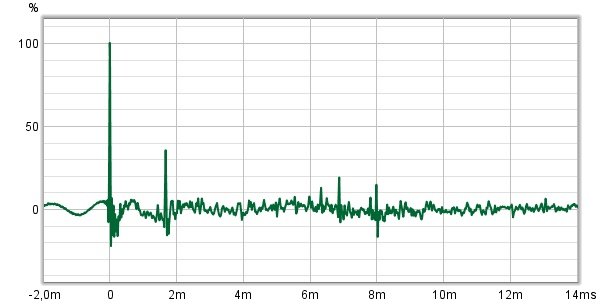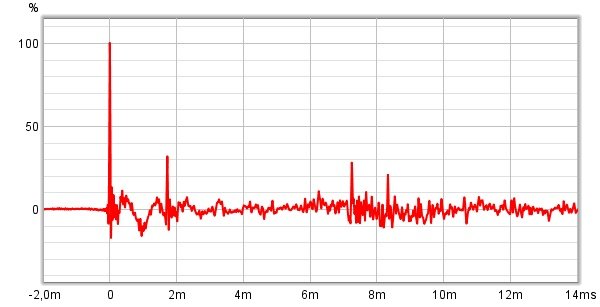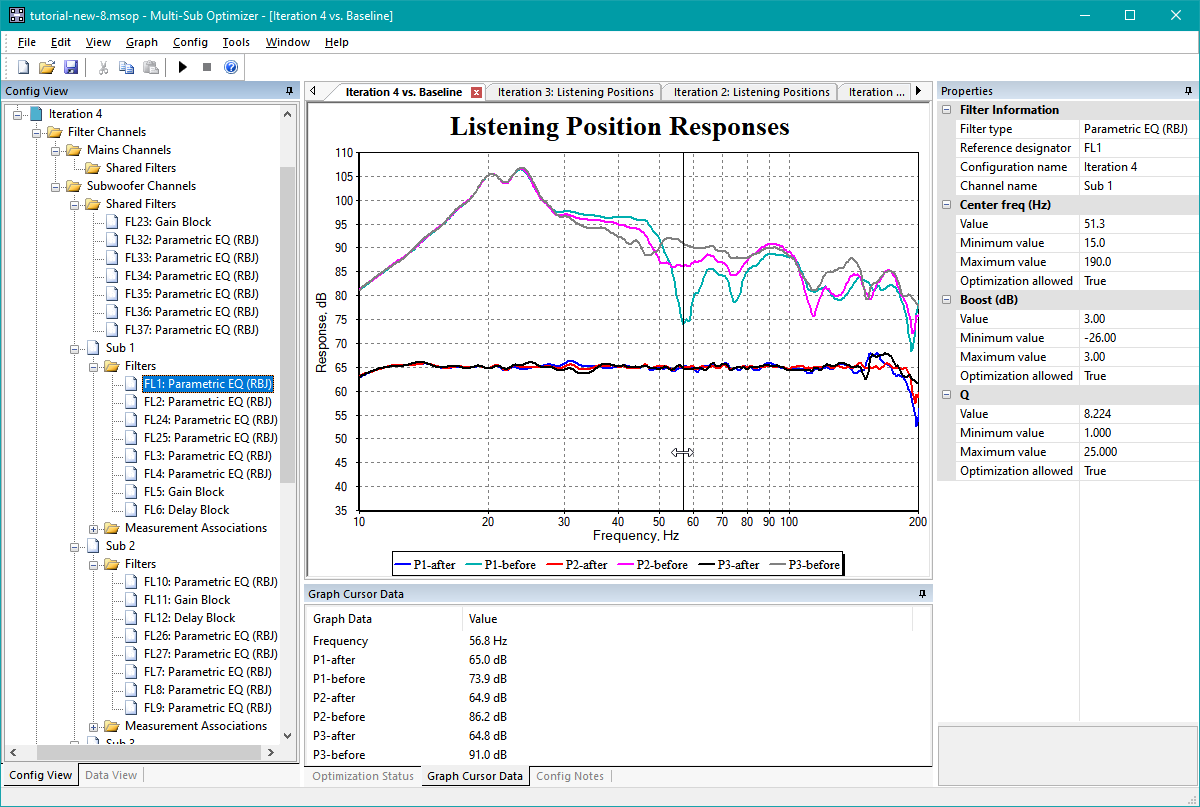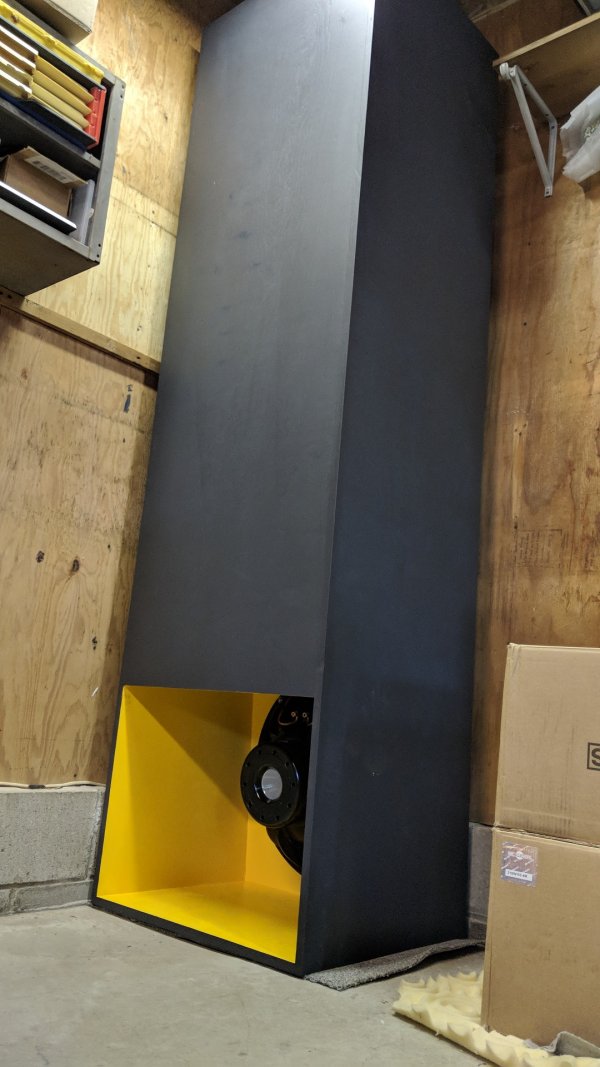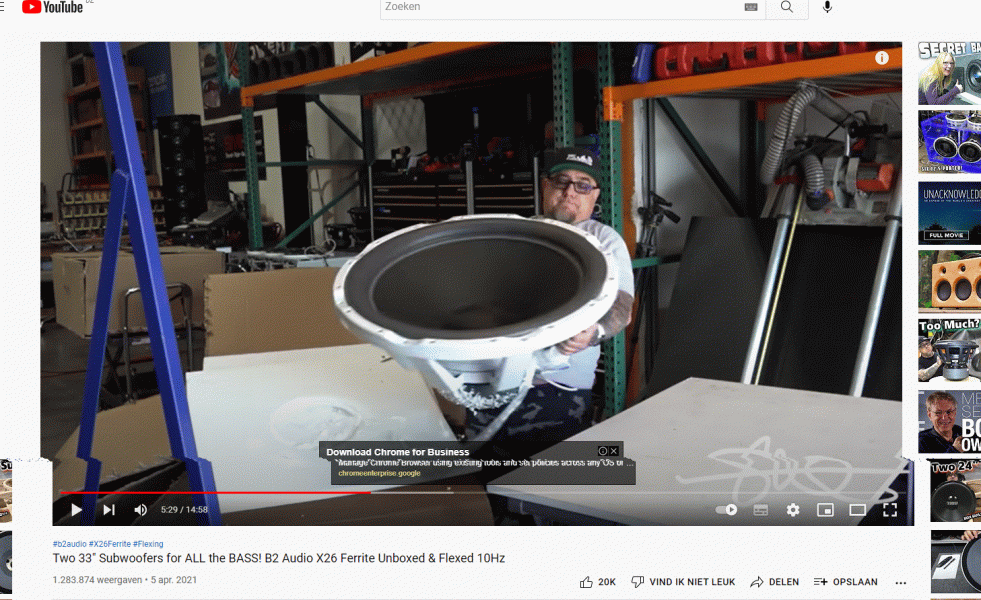Hi LL21
.it is about creating a greater sense of venue, of venue that surrounds your existing space and creates almost a kind of 'bubble' within which your music exists and fills your sound room.
Sub bass down to 20 hz will indeed enhance the soundstage and give more spatial cues.
1: Yes, there is no replacement for displacement In general capacity in the bass department is greatly overlooked. Probably because it requires powerfull subs and more than one. You can't have to much headroom, as long as you can control all that power with DSP.
In general capacity in the bass department is greatly overlooked. Probably because it requires powerfull subs and more than one. You can't have to much headroom, as long as you can control all that power with DSP.
2. Correct. A normal cone bass will increase movement by a factor of 4, for each time you go an octave lower for the same amplitude. For example at 95 db at 100 hz it moves 1mm, then at 50 hz that will be 4mm and at 25 hz 16mm. Horns only double for each lower octave. So that would be 1 mm at 100 hz, 2 mm at 50 hz and 4 mm at 25 hz. And we haven´t incorporated the difference in efficiency between the cone and the horn. The "price" for horns is size.
3. Yes, that is the "trade off" between cone and horn.
4. No it is only for "the looks". It does absolutely nothing for the deep bass.
5. It really depends on what you are trying to achieve. If you want bass down to 20 hz a front loaded horn will be VERY BIG, we are talking several cubic meters (1 m3 = 35.3 ft3). Another option is tapped horns, they operate in a different way, but are still in the family of horns. They can go very low for less size. The price is less efficiency compared to FLH and a somewhat smaller bandpass. Closed cone boxes need a lot of power and probably some eq to reach 20 hz, but it can be done. Writing this, Hoffman's Iron Law comes to mind .
.
Generally speaking great in-room bass can be achieved with different approaches. In the end, it is the implementation of the chosen bass solution, that is paramount.
Hope it helps a bit.
.it is about creating a greater sense of venue, of venue that surrounds your existing space and creates almost a kind of 'bubble' within which your music exists and fills your sound room.
Sub bass down to 20 hz will indeed enhance the soundstage and give more spatial cues.
1: Yes, there is no replacement for displacement
2. Correct. A normal cone bass will increase movement by a factor of 4, for each time you go an octave lower for the same amplitude. For example at 95 db at 100 hz it moves 1mm, then at 50 hz that will be 4mm and at 25 hz 16mm. Horns only double for each lower octave. So that would be 1 mm at 100 hz, 2 mm at 50 hz and 4 mm at 25 hz. And we haven´t incorporated the difference in efficiency between the cone and the horn. The "price" for horns is size.
3. Yes, that is the "trade off" between cone and horn.
4. No it is only for "the looks". It does absolutely nothing for the deep bass.
5. It really depends on what you are trying to achieve. If you want bass down to 20 hz a front loaded horn will be VERY BIG, we are talking several cubic meters (1 m3 = 35.3 ft3). Another option is tapped horns, they operate in a different way, but are still in the family of horns. They can go very low for less size. The price is less efficiency compared to FLH and a somewhat smaller bandpass. Closed cone boxes need a lot of power and probably some eq to reach 20 hz, but it can be done. Writing this, Hoffman's Iron Law comes to mind
Generally speaking great in-room bass can be achieved with different approaches. In the end, it is the implementation of the chosen bass solution, that is paramount.
Hope it helps a bit.


